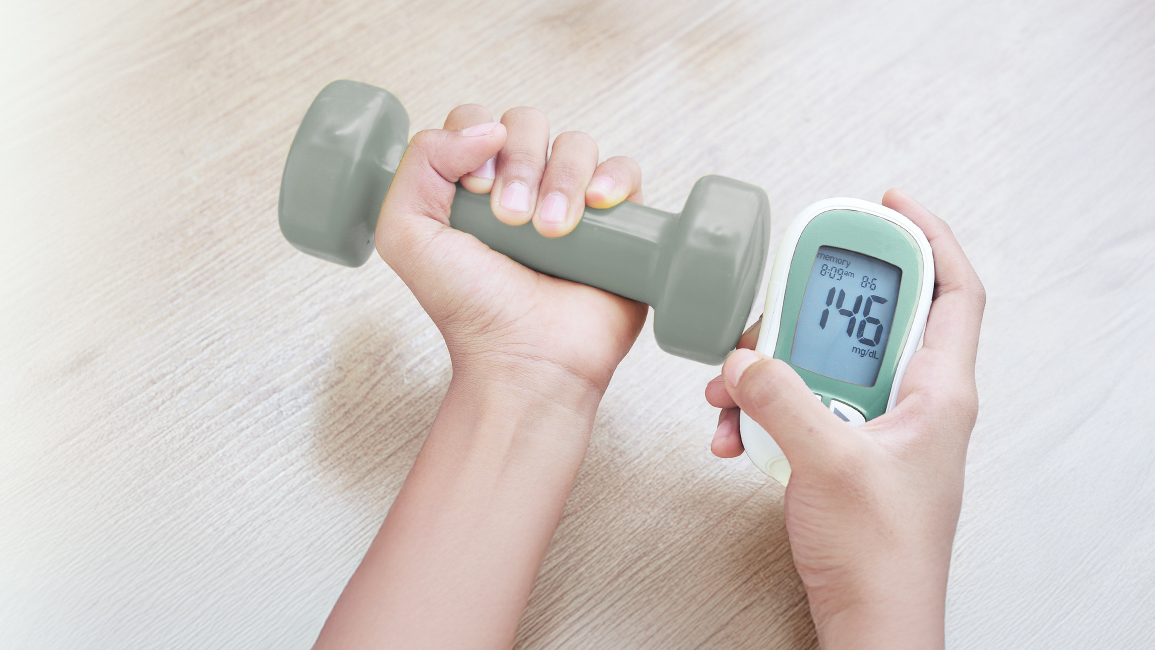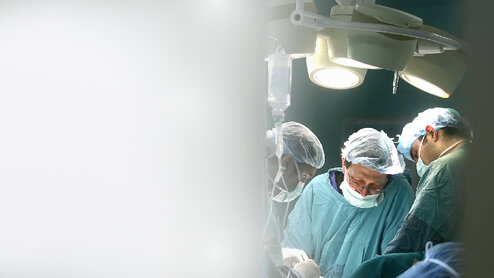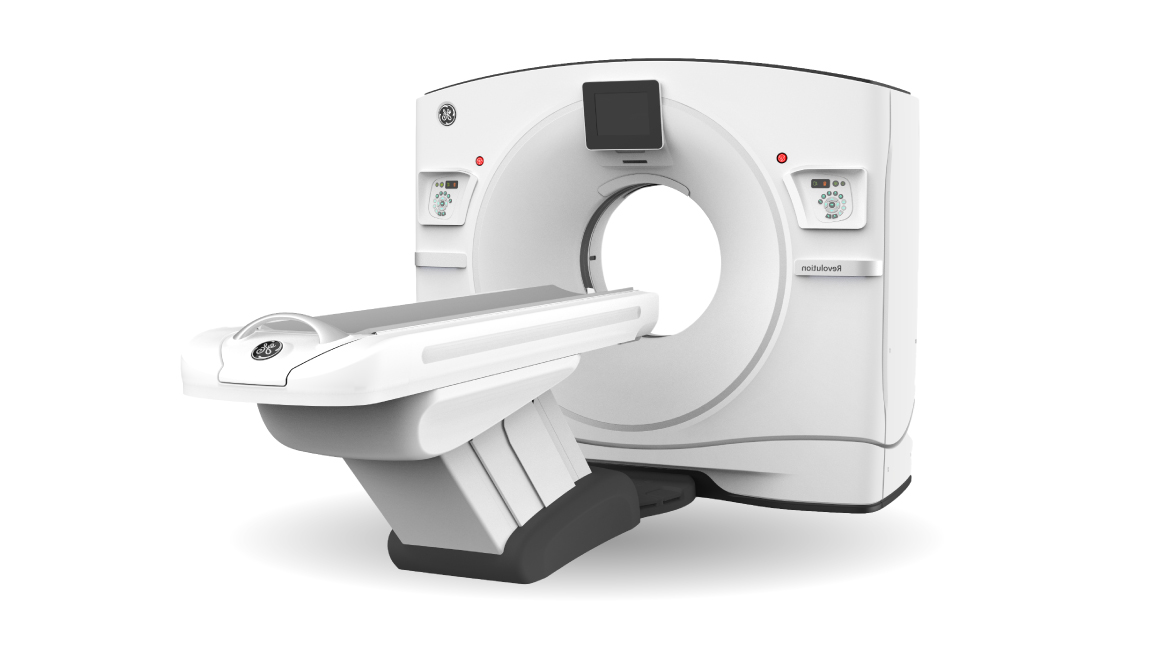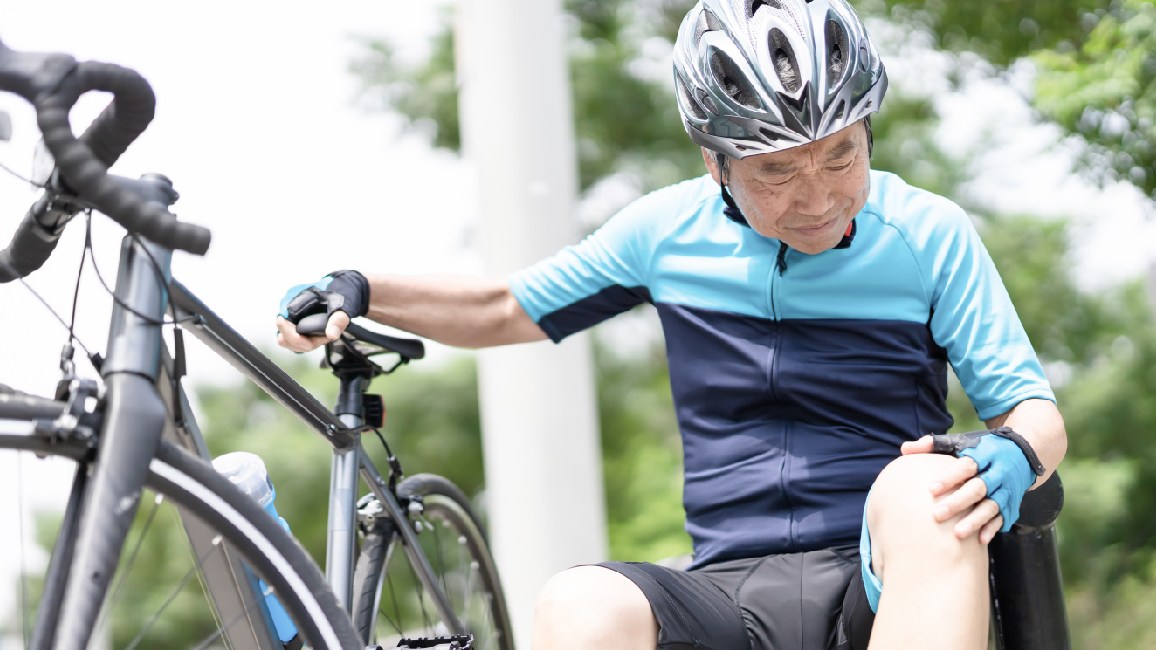Bruising and constant pain similar to that of spikes pricking on the soles of your
Center : Orthopedics Center
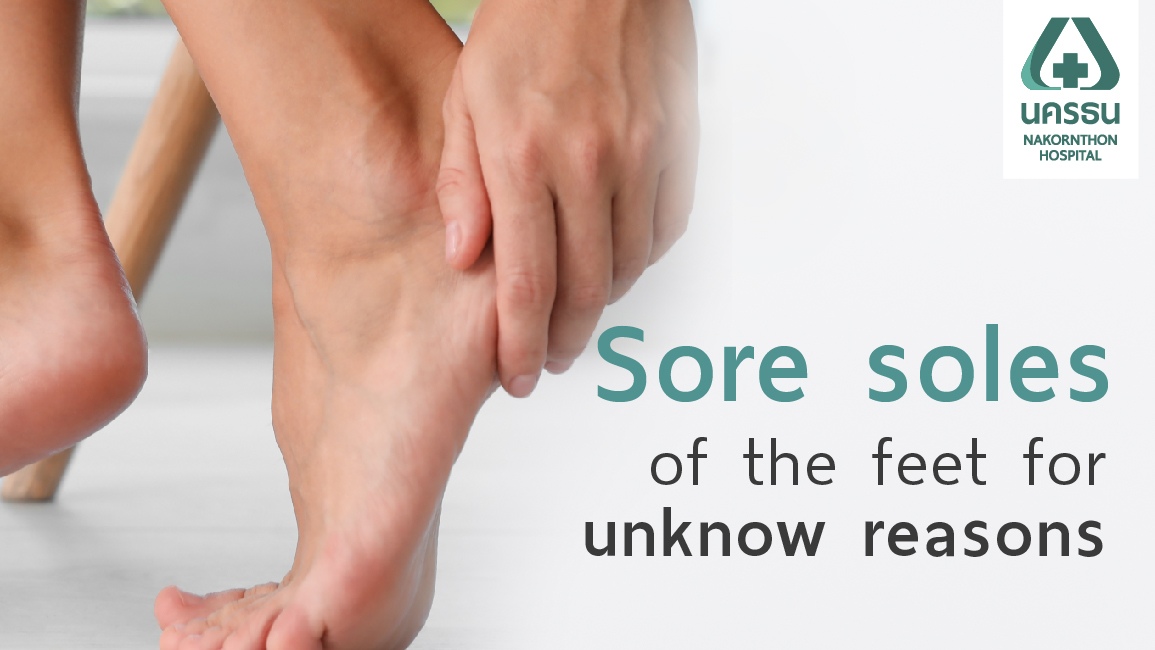
Have you ever felt sudden sore feet for unknown reasons? And thought of ignoring it that it may subside later or assume that if you took pain medication that your symptoms will improve. However, as the day goes by you find it more difficult to walk. Waking up every time it hurts, I can barely walk, these signs indicate that you have 'secondary bruising' if you do not want repetitive pain to affect your daily life. Let us hear advice from your doctor.
What is secondary bruising?
Secondary bruises, or phlebitis, a pain that is directed to the soles of the feet where the ligaments attach between the heel and the toes become inflammation of the plantar fascia (Plantar Fascia) due to walking, running with in adequate foot gear. The most common symptoms are heel pain or the arc near the heel, with pain like a pointed object hitting the sole of your foot. You tend to feel more pain in the morning on one foot after waking up and will feel better when exercising the sole of your feet. But sometimes it can hurt all day. If standing or walking for a long time.
Risk factors for secondary bruising
- Those who are overweight.
- People with diabetes and other chronic arthritis
- Athletes who use a lot of feet, such as runners
- Those who have flat feet, or the arch of the foot is very unusual.
- Those wearing shoes that do not fit the feet.
- Elderly people, especially female
- Women who wear high heels regularly
How to take care of secondary bruising
Secondary bruising is caused when tiny blood vessels are damaged or broken as the result of trauma on the sole of your feet. Which inevitably affects daily life Treatment is divided into manual therapy and medical treatment.
How to take care of yourself
- Stop any sports activities that requires extreme feet movements. Choose one that does not have to put too much weight on your feet, such as swimming, cycling, and avoid playing sports on hard surfaces.
- Wear soft shoes while exercising add an arch support pad.
- Exercise by stretching the calf muscles and stretch the fascia under the foot frequently.
- Should not walk barefoot, always wear shoes with soft insoles. The heel is slightly higher than the front, not more than 1-2 inches, avoid wearing flat shoes.
- Maintain your body weight, because the plantar ligaments have to bear a lot of weight and causes slow healing.
- Use heat or cold compress to treat tendon inflammation or herbal massage, bandages on the soles and heels.
Medical care
- Taking medications such as muscle relaxants, pain relievers
- Topical steroid injections Around the heel or pain area, but should not be injected more than 2 times in 1 month as it can cause plantar tendon atrophy.
- Do physical therapy using ultrasound, light bending of the plantar tendons or use a cane to help you walk
- Put a temporary cast to keep your ankle tilted up during the night or you may need to wear a cast throughout the day.
- If the following treatments are ineffective, surgical intervention may follow.
Consult Online
Article of Orthopedics Center
High-Speed CT scan 443 Slices: Precision, Speed, and Reduced Radiation Exposure

